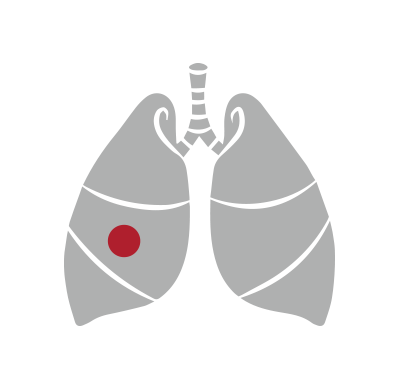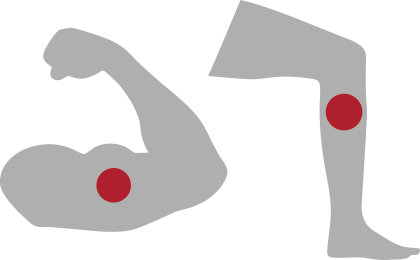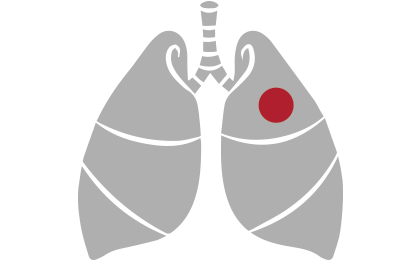Download and print the infographic [PDF – 823 KB]

Blood clots can affect anyone, and blood clots can be prevented.
ON AVERAGE, ONE AMERICAN DIES OF A
BLOOD CLOT EVERY 6 MINUTES1.
BLOOD CLOT EVERY 6 MINUTES1.
UNDERSTANDING BLOOD CLOTS

A blood clot in one of the large veins, usually in a person’s leg or arm, is called a deep vein thrombosis or DVT. When a blood clot like this forms, it can partly or completely block the flow of blood through the vein.
If a DVT is not treated,
it can move or break off
and travel to the lungs.
A blood clot in the lung is called a pulmonary embolism or PE, and can cause death and requires immediate medical attention.

KNOW THE RISKS
Blood clots do not discriminate by age, gender, ethnicity or race.
Blood clots can affect anyone. Three major risk factors are:
Blood clots can affect anyone. Three major risk factors are:
Cancer
Hospitalization & Surgery
Pregnancy
Other Risk Factors Include:
- Birth control that contains estrogen
- Hormone replacement therapy that contains estrogen
- Trauma, particularly when the vein is injured
- Immobility or sitting for long periods
- Being overweight
- Family history of blood clots
- Smoking
RECOGNIZE THE SIGNS AND SYMPTOMS
Blood clots can be safely treated.

DVT (Arm or Leg) – if you experience any of these, call your doctor as soon as possible.
- Swelling of your leg or arm
- Pain or tenderness not caused by an injury
- Skin that is warm to the touch, with swelling or pain
- Redness of the skin, with swelling or pain

PE (Lung) – if you experience any of these, seek medical attention immediately.
- Difficulty breathing
- Chest pain that worsens with a deep breath
- Coughing up blood
- Faster than normal or irregular heartbeat
BLOOD CLOTS CAN BE PREVENTED
Know your risks
and recognize
signs and
symptoms.
Tell your doctor if
you have risk
factors for blood
clots.
Before any
surgery, talk with
your doctor about
blood clots.
See your doctor
as soon as you
can if you do have
any symptoms.
To learn more about blood clots and to spread the word, visit
stoptheclot.org/spreadtheword.
stoptheclot.org/spreadtheword.
